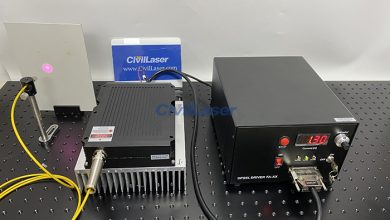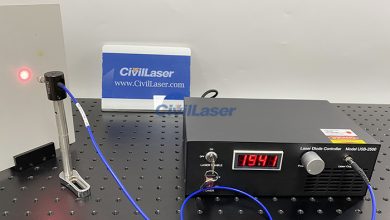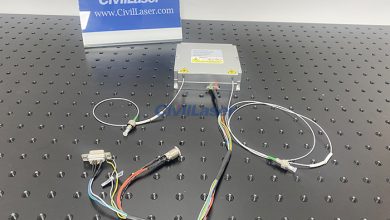Laser NewsLaser TechnologySolid-State laser system
Development History of 405nm Blue-violet Semiconductor Laser
Development history of 405nm blue-violet laser semiconductor laser
The 405nm laser has advantages in many areas. This band is representative of the shortest wavelength range of visible light and is also the working band of HD HD DVD.
The origin of the blue-violet laser
1. In the mid-1990s, blue-violet lasers appeared
The development of blue-violet lasers originated from the development of a 400-410 nm gallium nitride crystal blue-violet laser semiconductor laser from Nichia Corporation in Japan in 1996 to further increase the storage capacity of DVD discs. Because of its shorter wavelength. The focus spot is smaller, the same size DVD disc is 40 times larger than the ordinary CD disc, 6-7 times the ordinary home DVD disc, but the laser power applied to the DVD is very small. With the continuous expansion of laser power, the blue-violet laser with a service life of more than 3,000 hours in 1999 was introduced.
2. Several major Japanese companies compete to produce blue-violet lasers, which accelerates the expansion of output and power.
In 2005, Japanese manufacturers produced blue-violet laser products. Blue-violet laser supplier NiChia will supply laser semiconductor lasers for the two competing formats HD-DVD and Blu-ray Disc, and some system companies plan to produce this key component themselves – SONY will target Blu-ray Disc systems. NEC, Sanyo, Toshiba and Sharp are targeting HD-DVD.
3. The 405nm laser product with output power of 1 W has been mass-produced since September 2008.
A blue semiconductor laser with an output power of 1W for display use was launched in September 2008.
Today, high-power blue-violet semiconductor laser technology has a very bright future in scientific research and industrial production applications.



